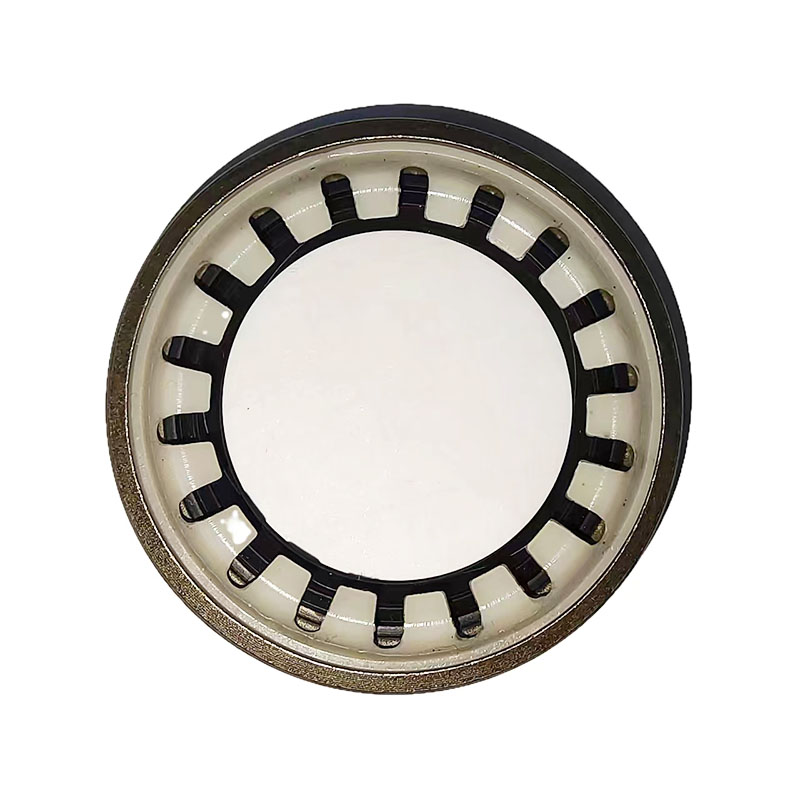auto oil seals
Understanding Auto Oil Seals Essential Components for Vehicle Performance
In the world of automotive engineering, even the smallest components play a crucial role in ensuring the smooth operation of vehicles. One such component is the oil seal. Among the multitude of parts that work in harmony to maintain engine efficiency, oil seals are often underrated and overlooked. However, their importance in the prevention of oil leaks and maintaining the integrity of lubrication systems cannot be overstated.
What are Auto Oil Seals?
Auto oil seals are specially designed mechanical seals that prevent the leakage of oil from the engine or other critical systems within a vehicle. These seals are usually made from rubber or elastomeric materials and come in various shapes and sizes to fit different applications. Commonly found around crankshafts, camshafts, and transmission shafts, oil seals are critical to maintaining the lubrication pressure within engines and preventing oil loss.
Why are Oil Seals Important?
1. Preventing Oil Leaks The primary function of oil seals is to prevent the escape of engine oil from the various compartments of the vehicle. Oil leaks can lead to low oil levels, which in turn can cause serious engine damage, reduced performance, and ultimately, costly repairs.
2. Maintaining Lubrication Oil plays a vital role in lubricating engine parts, reducing friction, and preventing wear. Oil seals help maintain the necessary lubrication pressure, ensuring all engine parts remain adequately lubricated for efficient operation.
3. Protecting Engine Components Oil seals also serve to prevent contaminants such as dirt, dust, and moisture from entering the engine. By forming a tight seal around moving parts, they protect sensitive components from corrosion and wear caused by these harmful substances.
4. Enhancing Vehicle Performance A well-sealed engine performs better. When oil is contained and maintained at the correct levels, it ensures smooth operation, optimal fuel efficiency, and overall performance of the vehicle.
Types of Oil Seals
auto oil seals

There are several types of oil seals, each designed for specific applications within a vehicle. Some common types include
- Rotary Seals These seals are designed for rotating shafts and are commonly found in crankshafts and camshafts. They typically have a lip that makes contact with the shaft, creating a tight seal.
- O-Rings O-rings are circular seals used in various applications, including oil pans and covers. They provide a flexible sealing option that can accommodate slight variations in surface conditions.
- Lip Seals Lip seals are similar to rotary seals but are often utilized in different configurations, offering versatility for various mechanical needs.
Installation and Maintenance of Oil Seals
Proper installation is critical for the functionality of oil seals. Misalignment or improper fitting can result in leaks and reduced efficiency. It’s essential to inspect the sealing surfaces for any debris or damage before installation. Using the correct tools and techniques will ensure that the seal fits snugly and performs optimally.
Regular maintenance checks are also vital. During routine vehicle maintenance, oil seals should be inspected for signs of wear or damage. Symptoms of failing oil seals may include oil spots under the vehicle, reduced oil pressure, or unusual engine noises. Addressing these issues promptly can avoid severe engine damage and expensive repairs.
Conclusion
Oil seals may be small, but their impact on vehicle performance is significant. By preventing oil leaks, maintaining lubrication, and protecting engine components, they ensure that vehicles operate efficiently and reliably. Understanding the importance of oil seals can help vehicle owners appreciate the many intricacies of automotive engineering and the role that each component plays in the overall health of their vehicle. Regular maintenance and timely replacements when needed will not only extend the life of the engine but also enhance the driving experience, making oil seals a worthy focus for any automotive enthusiast.
-
The Ultimate Guide to Car Repair Kits: Tools and Essentials Every Driver Should Own
News Aug.01,2025
-
The Complete Guide to Oil Pan Gaskets: Sealing Engine Leaks the Right Way
News Aug.01,2025
-
Preventing Oil Leaks: A Complete Guide to Oil Pan Gaskets and Drain Seals
News Aug.01,2025
-
Everything You Need to Know About Oil Pan Gaskets and Drain Plug Seals
News Aug.01,2025
-
Essential for Car Owners: How to Use a Car Repair Kit to Deal with Minor Breakdown
News Aug.01,2025
-
Comprehensive Guide to Engine Oil Sump Gaskets and Related Seals
News Aug.01,2025
-
The Ultimate Guide to Boat Propeller Bearings and Trailer Wheel Bearings
News Jul.31,2025
Products categories















